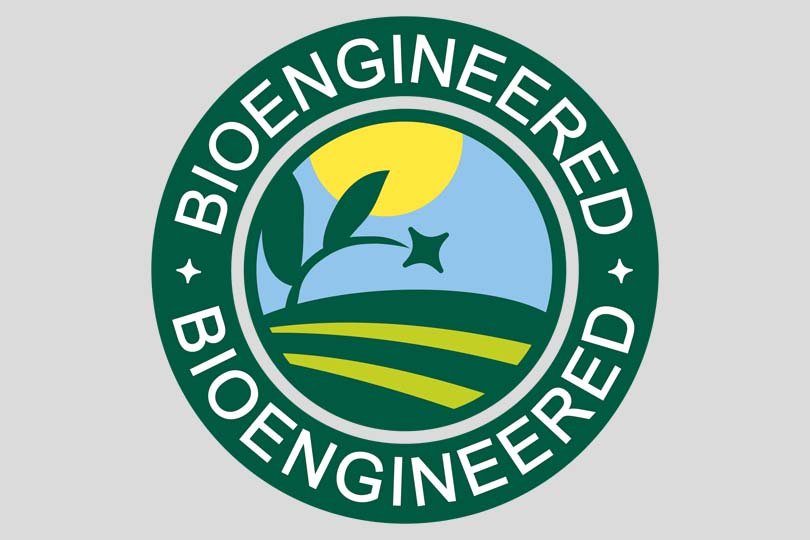By Jennifer Whitlock
Field Editor
As of Jan. 1, foods sold in the U.S. with “detectable levels” of bioengineered (BE) ingredients must be labeled as “bioengineered food” or “contains a bioengineered food ingredient.”
The implementation date for the food labels was set by the U.S. Department of Agriculture’s (USDA’s) Agricultural Marketing Service (AMS) in 2018 after Congress asked the agency to develop definitions and labeling following the passage of the National Bioengineered Food Disclosure Standard.
Foods that require disclosure are those subject to labeling requirements under the Federal Food, Drug and Cosmetic Act (FDCA), as well as foods subject to labeling requirements under the Federal Meat Inspection Act, Poultry Products Inspection Act and the Egg Products Inspection Act.
However, foods under meat, poultry or egg inspection, which fall under the jurisdiction of USDA’s Food Safety and Inspection Service, require BE labeling only if the predominant ingredient would be independently subject to labeling under the FDCA or if the predominant ingredient is broth, stock, water or a similar solution and the second-most predominant ingredient would be independently subjected to labeling under the FDCA.
Food manufacturers may disclose the information in one of several ways:
- on-package text
- by using the USDA-approved BE symbol
- via electronic or digital link, such as a QR code, that includes instructions to scan for more food information
- or by a text message disclosure that must include the statement “Text [command words] to XXXX for bioengineered food information.”
Small food manufacturers are allowed to use any of the four disclosure methods or to direct consumers to “Call for more food information” or “Visit [manufacturer URL] for more food information” alongside the phone number or website URL.
The “limit of detection” (LOD) minimum written into the rule exempts manufacturers from labeling foods with highly refined BE ingredients that do not contain “detectable modified genetic material,” according to AMS.
Ongoing supply chain issues have complicated the rollout of the new biotech food labels.
“Our members, as we have talked to them, are very close to compliance, but I think, frankly, with the challenges with the supply chain, you are going to see some products in the market that may not be fully compliant. But a vast majority of the products will be compliant,” Betsy Booren, senior vice president of regulatory and technical affairs at the Consumer Brands Association, told Agri-Pulse.
She gave an example of substituting an ingredient containing detectable BE levels where the previously used but unavailable ingredient did not contain detectable levels of BE material, saying that change could cause food packaging to no longer be accurate and further hold up delivery of the final product to store shelves.
“If the pre-printed labels aren’t reflective, then you are in a situation where you have to make some decisions,” she said. “I would fully expect the regulated industry not to put non-compliant products in the market. And that may mean there are not products available at the rate that consumers expect.”
A fact sheet from USDA detailing when and where BE food disclosures must be applied is available here.
More information on the National Bioengineered Food Disclosure Law and its implementation is available from USDA AMS.


[…] Credit: Source link […]